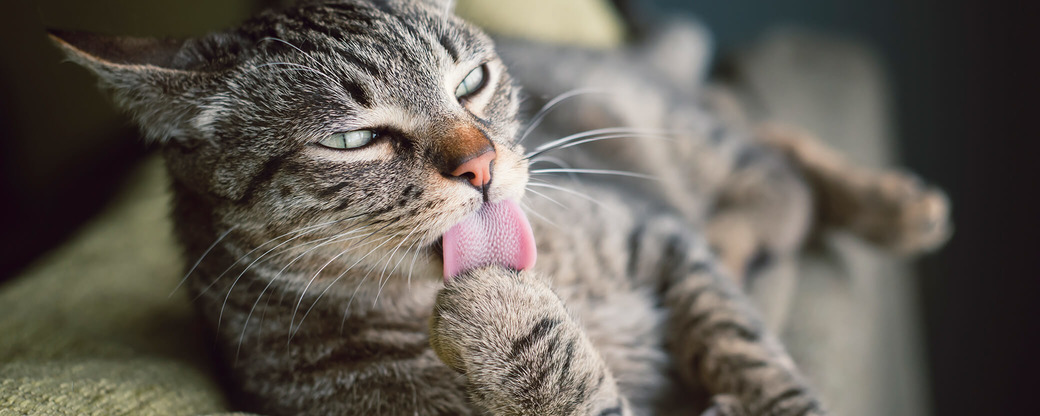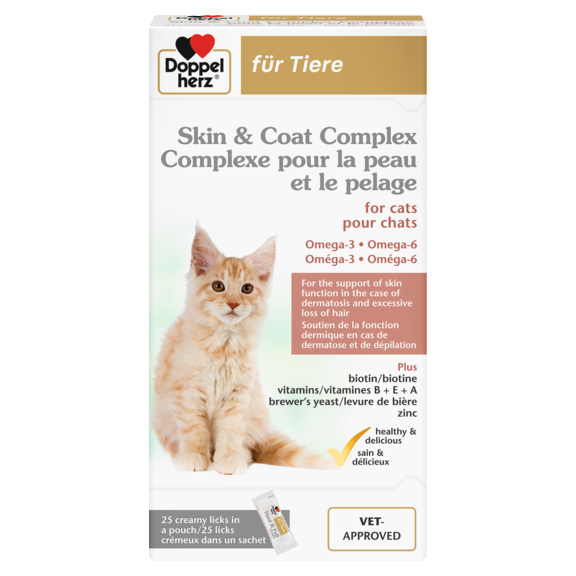Cats spend up to 30% of their waking hours grooming, thoroughly cleaning themselves from ears to tail several times a day. In addition to their most important cleaning tool, their tongue, they also use their front and back paws to reach every part of their body. As a cat owner, you can observe several times a day how intensively your cat takes care of its own coat. However, if the cat licks or even chews and rubs its fur and skin exceptionally intensively, it is probably doing so to relieve an annoying itch. This, in turn, may be a symptom of a skin disease that can cause extremely unpleasant discomfort for the animal. In order to quickly find and treat the causes of skin diseases in cats, cat owners should consult a veterinarian at the first signs.
In the case of visible skin diseases and dermatoses that appear, for example, in the form of eczema, the diagnosis can vary, as different causes are possible. If the skin barrier is disturbed, the skin and coat are no longer protected from harmful external influences. Then, for example, infectious agents such as viruses, bacteria or fungi can penetrate the skin. Parasites, chemical burns or mechanical injuries from outside can also damage the skin more easily.
Hair changes due to the influence of diseases or an unbalanced diet
The coat of a healthy cat should appear dense and shiny with normal care. Changes in the coat can therefore be an indication of skin diseases. If the coat appears shaggy, more hair than usual falls out or the cat rubs, rolls or chafes, you as a cat owner should take a closer look at your pet's skin and, if in doubt, have it examined by a vet. As skin and fur are the first natural barrier of the body, they are also susceptible to changes and diseases. The appearance of skin conditions in cats can vary depending on the cause and severity. The problems can range from redness with pustules to dry, scaly and cracked skin areas to open, bleeding and weeping wounds. These occur especially when the skin irritation is accompanied by severe itching. Then the four-legged friends try to relieve the itching by scratching, rubbing and rolling around. This can cause damage to the skin, which is often accompanied by hair breakage and loss of coat. The risk of infection also increases: open wounds can easily be colonized by bacteria from the environment.

